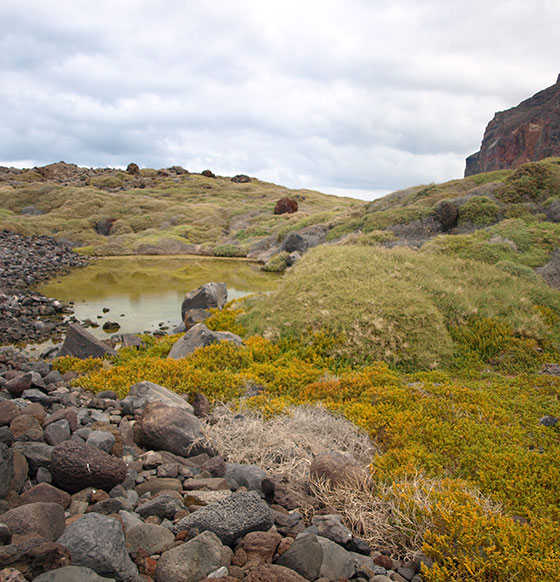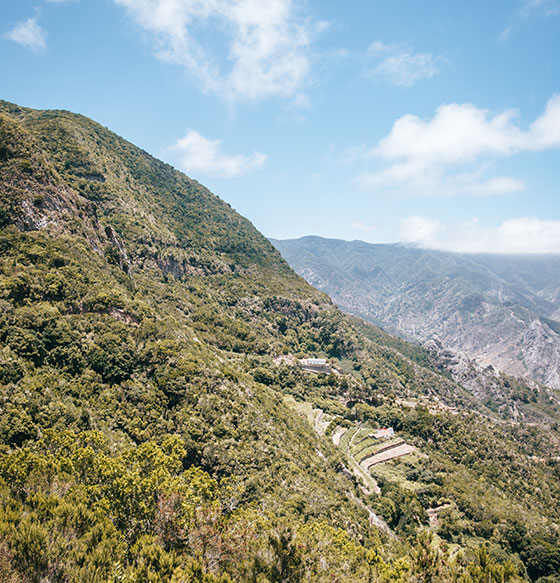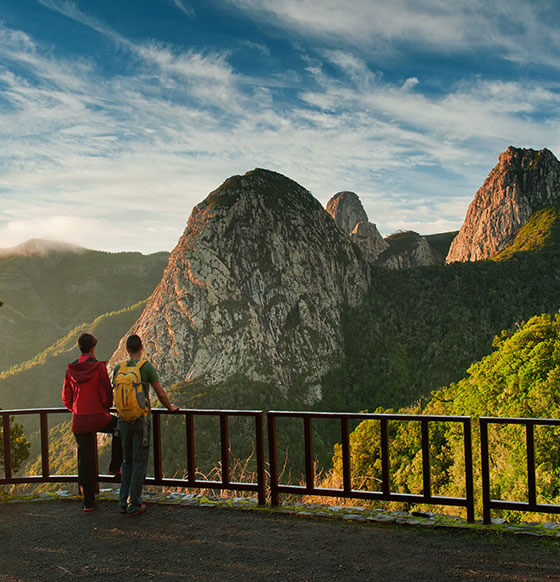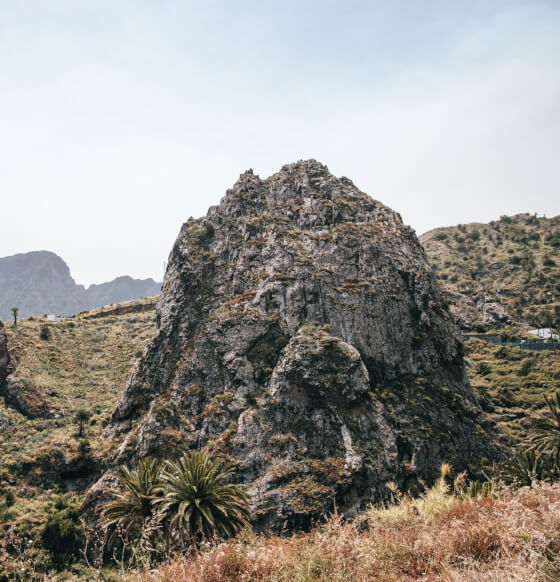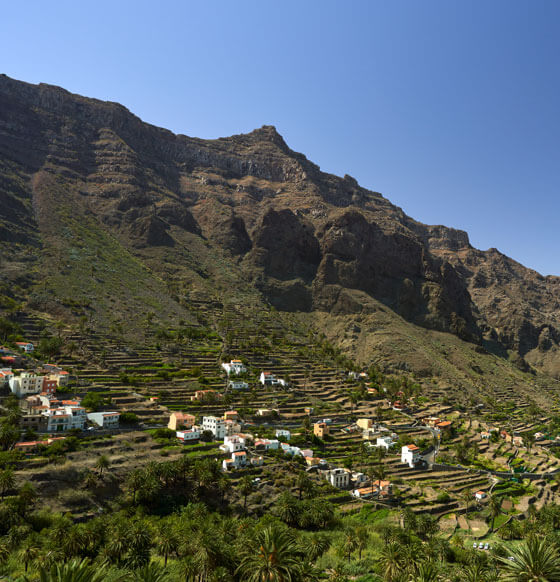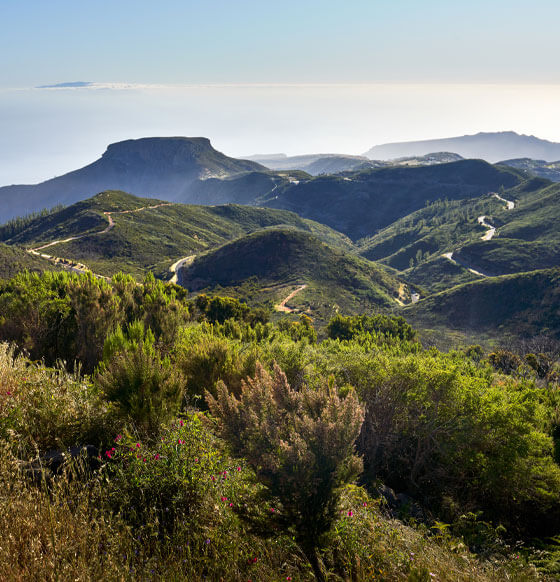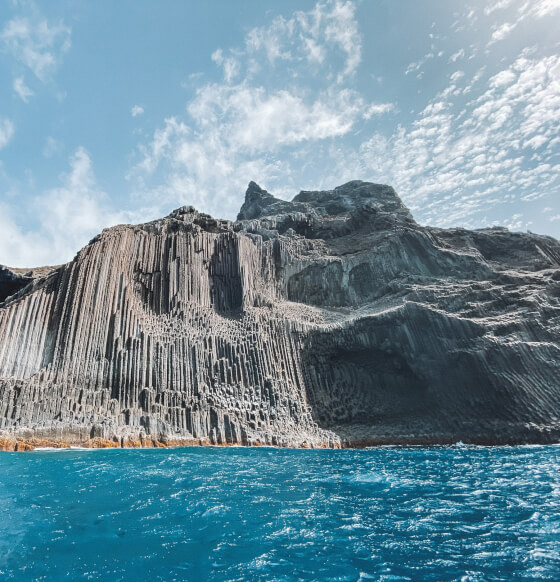Natural spaces on La Gomera
Acknowledged as a Biosphere Reserve by UNESCO, one of La Gomera’s main attractions are its natural spaces. 33% of the island’s surface area is considered a protected natural environment, and as well as the Garajonay National Park and its ancestral Laurisilva forests, the abrupt relief offers trails that pass through characteristic scenery with ravines, palm tree groves and terraced farmland, where one can make use of the numerous picnic areas and rest stops at any time of year. Discover the natural spaces of La Gomera and plan your trip to the island.
Islands
Municipality




